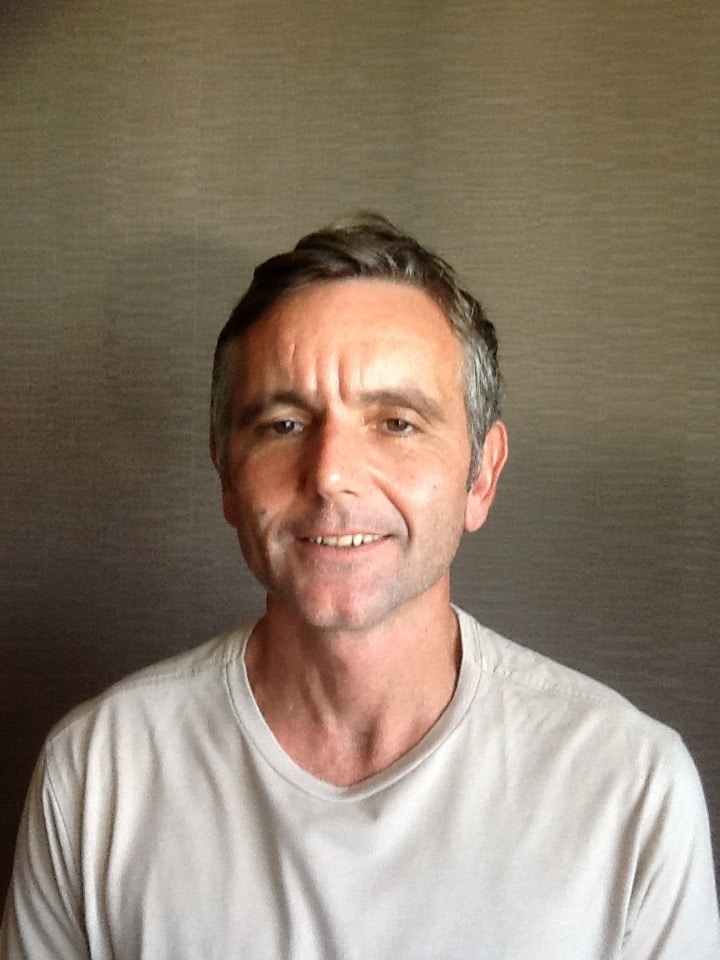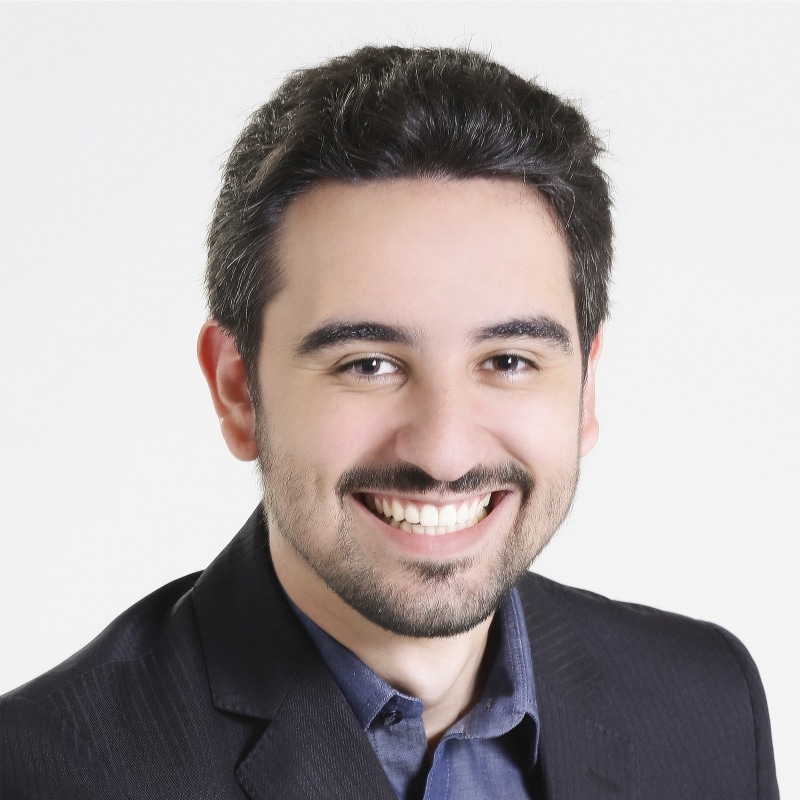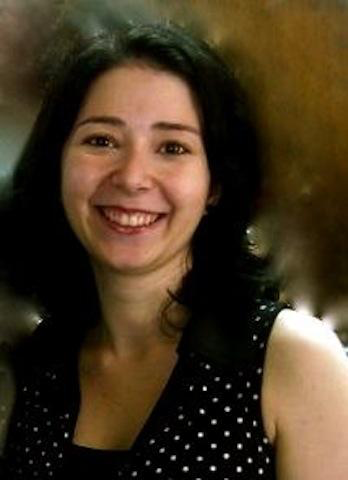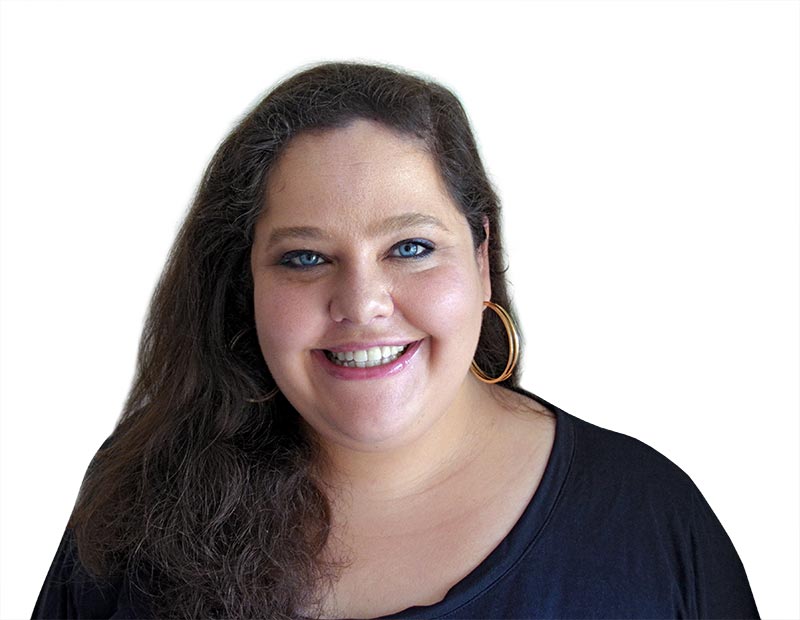It is never Finished
When you think of Finland, what comes to mind? Naked saunas? Ice fishing? Smoked fish? Nokia? What might also spring to mind is a highly successful education system. Successful in terms of academic attainment, the number of students leaving school and entering higher education, and levels of satisfaction amongst pupils, parents and teachers.
What makes Finland so special? A number of factors have been identified. Amongst which are:
• Teaching is a highly respected, well-paid profession
• There are no school inspections or teacher evaluations
• The school system is highly centralised and most schools are publicly funded
• School days are short and the summer break is 10 weeks
• Children are assessed by their teachers. The only nationwide exam is for those who continue studying to 18
• Average school size is 195 pupils; average class size is 19 pupils
• Success has been attributed to a traditionally high regard for teaching and reading, as well as a small, largely homogenous population
Another important factor is the willingness on the part of stakeholders to embrace innovation. Unlike other countries, which cling to an outdated traditional model of education, born in the industrial age with a one-size-fits-all approach, Finland has been seeking to implement a personalized educational experience that equips people with the skills, values, characteristics and knowledge that they need to thrive in modern digital society.
The most recent innovation is what has been termed Phenomenon-Based Learning (PBL). Rooted in constructivism, it essentially means scrapping ‘teaching by subject’ in favour of ‘teaching by topic’. In real life, our brain is not sliced into separate subjects such as maths, history and Portuguese. Neuropsychological studies have shown that we think in a very holistic way, and as such we are doing our students a disservice if we lead them to believe that the world is simple, and that if they manage to learn a number of decontextualized ‘facts’, then that is sufficient. The problems in the world that our young people will have to tackle – changing working patterns, global crises, migration, the economy, the post-truth era – demand the ability to think holistically, as well as critical thinking and problem solving skills. After all, you cannot learn to drive a car just by using pen and paper, and cloze tests only teach the ability to answer cloze tests – there are no cloze tests in real life or working life. There are only real communication situations where information must be applied and messages must be transmitted comprehensively and understandably to another person. Furthermore, PBL aims to make learning fun, which consequently promotes wellbeing, which must be a good thing.
So, how does it work in practice? Although there is no circumscribed blueprint as to how PBL should be implemented in the classroom, one possible scenario might go as follows: the pupils are arranged into groups; ideally, each group will decide on a topic to cover; having decided on a topic, the groups decide how the topic will be presented; each person in the group will then be given tasks to complete and deadlines to be met; the students then use whatever resource at their disposal in order to complete their tasks; finally, the topics are presented.
Many of these elements may be very familiar to English language teachers who have adopted task, project, and content based learning approaches. However, it is the first time in modern educational history that such an approach will be implemented into the curriculum of a modern industrial society.
It is too early to gather evidence to confirm if PBL is a more effective approach in terms of attainment than other, more traditional, models. However, the most recent surveys do suggest that PBL has been positively received by both students, teachers and parents.
Aleksis Stenholm, a head teacher at a junior school says,
“It was really powerful, how the students reacted to it. They started thinking about things, questioning their opinions.”
Adding that,
“If I had just taught this over, say, the course of three lessons, the effect would have been very different.”
Sara, a fourteen year old student, says it is “not so tiring. It’s much more interesting – I like that about it”.
English language teaching has had a history of being at the forefront of implementing innovative approaches to teaching and learning. Some, such as collaborative and self-directed learning, are only just recently being taken up by private and state school systems. However, we cannot simply rest on our laurels. We must continue to push the boundaries and seek ways to help our learners, not only to acquire the language, but be better prepared to tackle a rapidly changing world.






